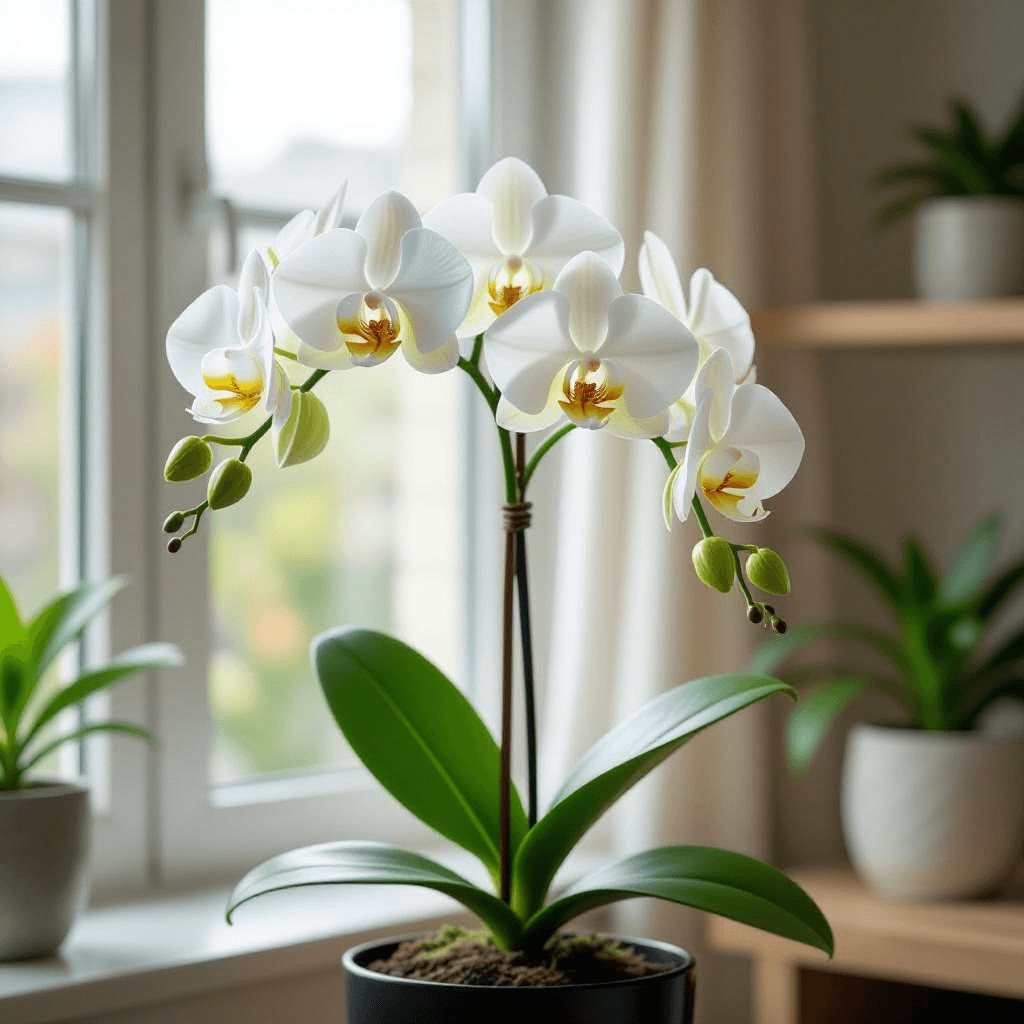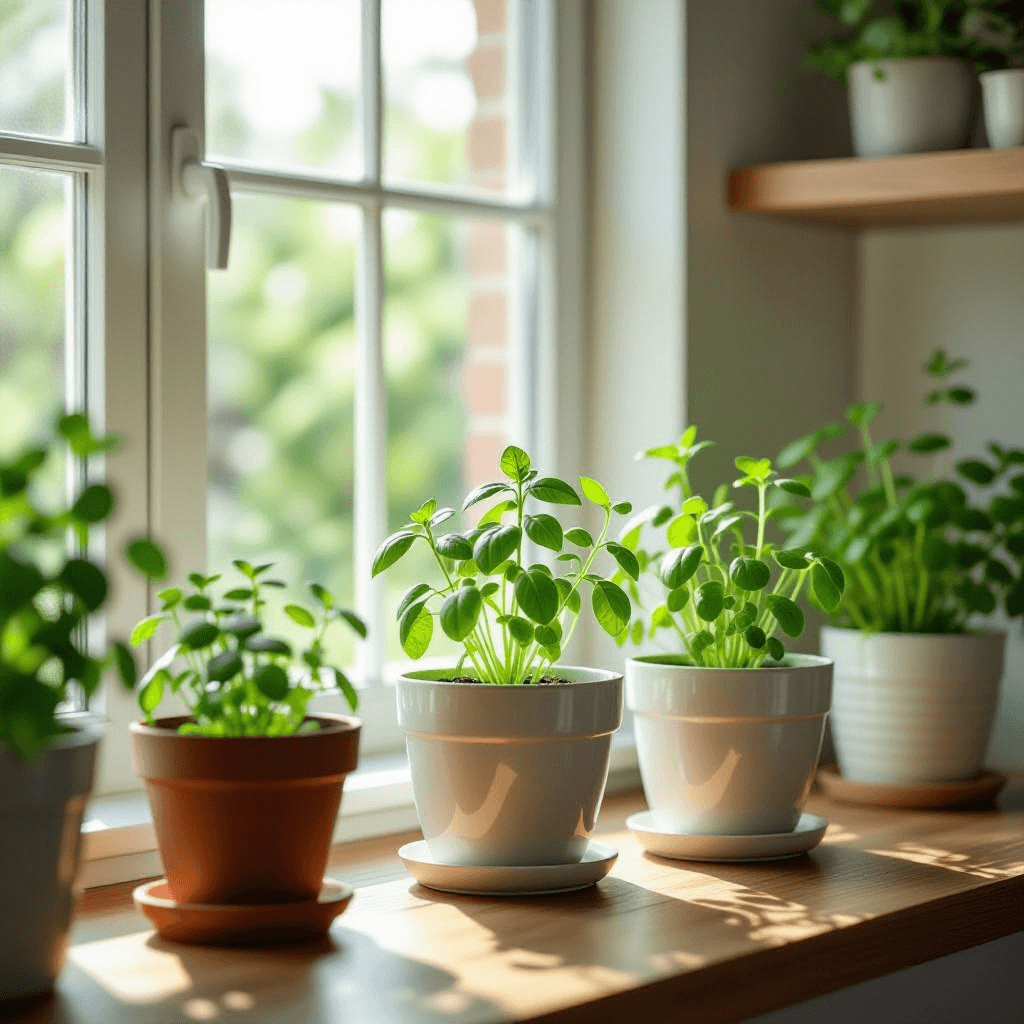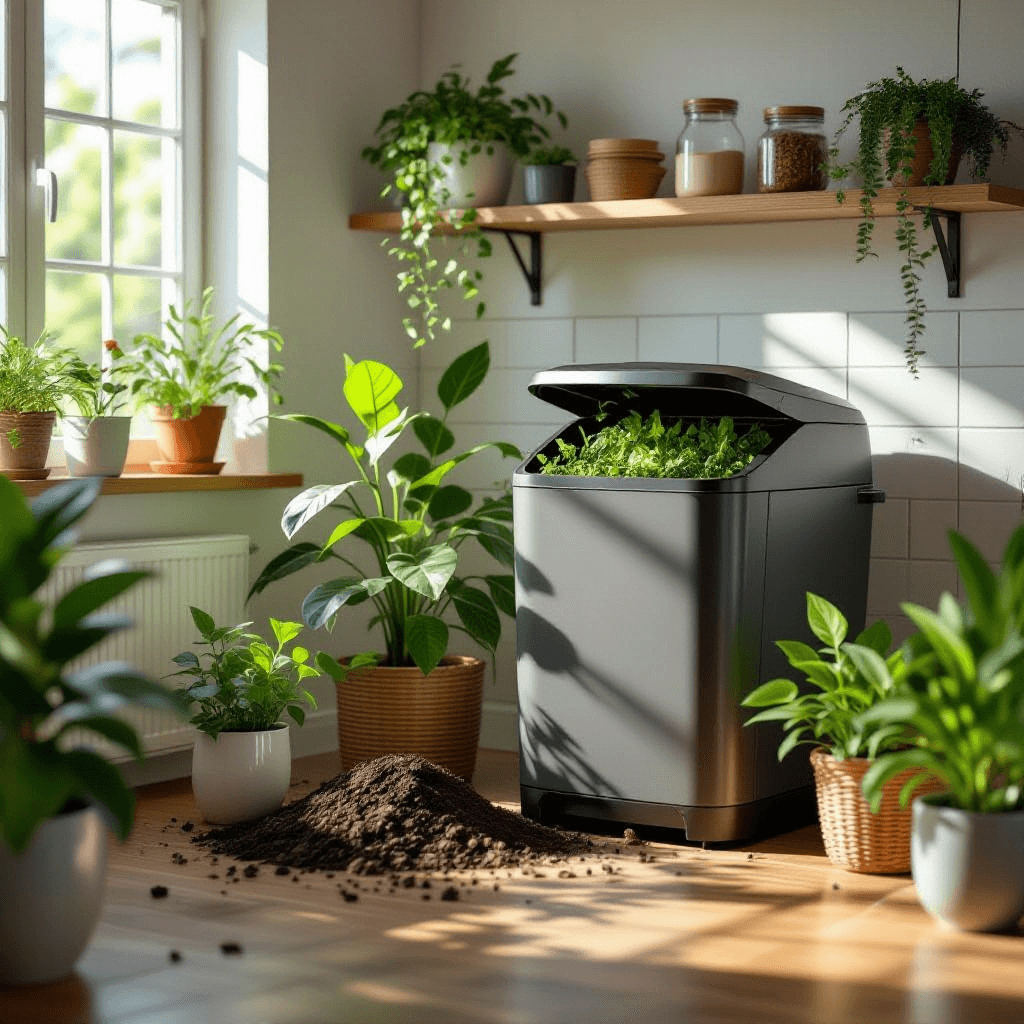Understanding Orchids: Essential Care Requirements
Orchids are a diverse group of flowering plants known for their intricate blooms and unique characteristics. With over 25,000 species and more than a million hybrids, orchids are among the most varied of all plant families. Common types of orchids include Phalaenopsis, Cattleya, Dendrobium, and Vanda, each requiring specific care tailored to their unique traits. Understanding the needs of the particular orchid you choose is crucial for successful growth.
One of the primary factors influencing orchid care is light. Orchids generally thrive in bright, indirect sunlight. Too much direct sunlight can scorch their sensitive leaves, while insufficient light can hinder blooming. An east or west-facing window often provides the ideal lighting conditions for most species. Temperature is another vital consideration; most orchids prefer temperatures between 65°F to 75°F during the day and slightly cooler conditions at night. Consistent temperature fluctuations can stress the plants, so maintaining a steady environment is essential.
Humidity levels also play a significant role in orchid care. These tropical plants flourish in higher humidity, typically around 40-70%. To achieve such levels, you can use humidity trays, misting, or humidifiers. Regular monitoring of humidity is advisable, particularly during dry seasons or in heated indoor environments.
Additionally, selecting an appropriate potting mix is fundamental for the health of orchids. Unlike conventional soil, orchids require well-draining media to prevent root rot. Common potting materials include bark, sphagnum moss, and perlite, which facilitate proper aeration while retaining moisture. By understanding these essential care requirements—light, temperature, humidity, and potting mix—enthusiasts can cultivate healthy orchids that thrive and bloom beautifully.
Watering Techniques: How to Keep Your Orchids Hydrated
Orchids, with their exotic blooms and elegant foliage, are known for their intricate care requirements, notably in the area of watering. Proper hydration is crucial for the health and vitality of your orchid plants. Understanding the factors that affect watering frequency can significantly enhance their growth and flowering potential.
The type of orchid plays a pivotal role in determining its watering needs. For example, Phalaenopsis orchids thrive in a well-draining medium and may require watering once a week, while other varieties, such as Cattleyas, prefer a more extended drying period between waterings. Therefore, it’s essential to familiarize yourself with the specific needs of your orchid species to ensure optimal hydration.
Additionally, the potting medium influences how often you should water. Orchids are typically potted in materials like bark, sphagnum moss, or coconut coir, which retain different levels of moisture. A potting medium that dries out quickly will necessitate more frequent watering, while a medium with higher water retention may require less frequent attention. Regularly assessing the condition of your potting mix can help you establish a more precise watering schedule.
Climate conditions also dictate watering frequency. In warmer months, higher temperatures and increased sunlight can lead to quicker evaporation of moisture, thus necessitating more regular watering. Conversely, during cooler months or in high humidity environments, the moisture in the potting medium may last longer, allowing for extended periods between waterings.
To determine when to water, employ methods such as the finger test—insert your finger into the potting medium; if it feels dry up to the second knuckle, it’s time to water. Alternatively, using a moisture meter can provide a more accurate reading of the moisture levels. Ultimately, developing an understanding of your orchid’s unique needs will ensure they remain vibrant and healthy, thriving under your care.
Feeding Your Orchids: Nutritional Needs for Vibrant Blooms
Feeding orchids is an essential component of their care, ensuring that these delicate plants receive the necessary nutrients for robust growth and spectacular blooms. Orchids typically require a balanced diet rich in macronutrients and micronutrients, which can be provided through fertilizers designed specifically for them. Understanding the nutritional needs of your orchids is crucial for promoting vibrant flowers and healthy foliage.
When selecting a fertilizer, it is important to consider its N-P-K ratio, which denotes the levels of nitrogen (N), phosphorus (P), and potassium (K). For most orchids, a balanced fertilizer with equal parts of these nutrients, such as a 30-10-10 or 20-20-20, is highly effective. Nitrogen supports vegetative growth, phosphorus encourages blooming, and potassium aids in overall plant health. Some orchid species may benefit from specific nutrients, such as calcium or magnesium, during their growth phases.
Feeding frequency can vary depending on the type of orchid and the growth stage. Generally, orchids should be fertilized every two to four weeks during their active growing season, which typically spans from spring to early fall. During the dormant period in winter, the feeding schedule can be reduced to once a month or even halted entirely. Both organic and synthetic fertilizers have their advantages; organic options can provide slow-release nutrients and improve soil structure, while synthetic fertilizers offer precise nutrient control for rapid absorption.
Adjusting your feeding routine according to the specific needs of your orchids can foster a stunning display of blooms. Pay attention to the plant’s response and always err on the side of caution to prevent over-fertilization, which can damage the roots. By following these guidelines, you will support your orchids in achieving their best potential and enjoy their beauty for years to come.
Repotting Your Orchids: When and How to Do It
Repotting is an essential aspect of orchid care that ensures the health and longevity of these beautiful plants. Understanding when to repot your orchids is crucial; typically, it should be done every one to two years or when you notice roots growing out of the pot’s drainage holes. Signs that indicate a repotting is necessary include: diminished growth or flowering, roots that have outgrown their pots, or when the potting medium begins to break down and retains too much moisture. It is important to address these signs promptly to maintain the vitality of your orchid.
When it comes to selecting the right time to repot, late winter or early spring, just before new growth begins, is generally recommended. This timing allows the orchid to recover from the process more effectively, as it will naturally focus its energy on new root and leaf production. As for choosing the right potting media, it is advisable to use a medium that provides good drainage yet retains some moisture. Common choices include bark-based mixtures, sphagnum moss, or coconut coir, tailored to the specific type of orchid.
The repotting process itself involves a few straightforward steps. First, gently remove the orchid from its pot, taking care not to damage the roots. Clean any dead or rotting roots using sterilized scissors. Next, fill the new pot with fresh potting medium, positioning the orchid so that the top of the root ball is just above the rim of the pot. Once the orchid is in place, add more medium around the roots, ensuring they are nestled securely without being too tightly packed. It’s essential to avoid common pitfalls such as overwatering after repotting or using an inappropriate pot size, both of which can harm the orchid’s health.


